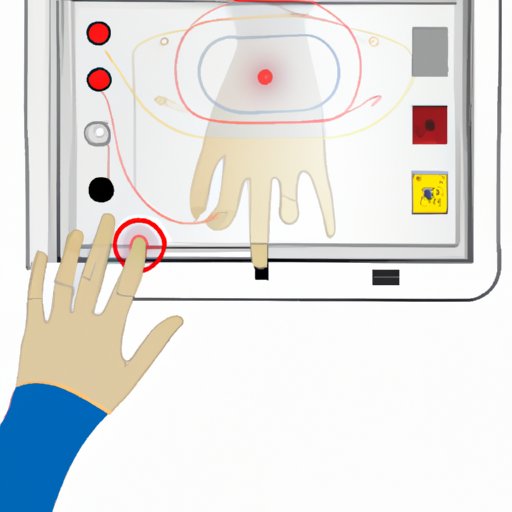Introduction
Touch screen technology has revolutionized the way we interact with devices. From smartphones to tablets, touch screens are now the norm when it comes to operating our devices. But how exactly does this technology work? This article will explore the different components and processes behind touch screen technology, as well as how they are used in everyday life.
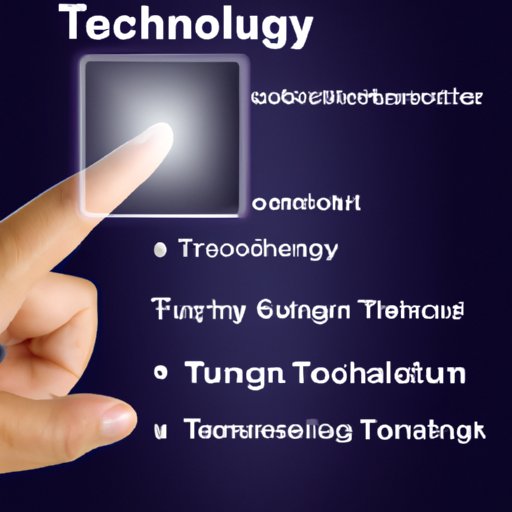
Definition of Touch Screen Technology
A touch screen is a computer display that can detect the presence and location of a touch within the display area. The term “touch screen” can refer to both a hardware and software component. On the hardware side, a touch screen consists of a sensing device, such as a finger or stylus, that interacts directly with the display. On the software side, a touch screen requires a software driver to interpret the signals sent by the touch screen hardware and map them to a specific action on the screen.
Overview of the Various Types of Touch Screens
There are several different types of touch screens available today. The most common type is the capacitive touch screen, which uses an electrostatic field to detect the presence of a finger or stylus. Other types of touch screens include resistive touch screens, which use pressure to detect a touch; infrared touch screens, which use infrared light beams to detect a touch; and acoustic touch screens, which use sound waves to detect a touch.
Components and Processes Behind Touch Screen Technology
In order to understand how touch screen technology works, it is important to examine the physics and engineering behind it. This section will look at the different components and processes involved in making touch screens functional.
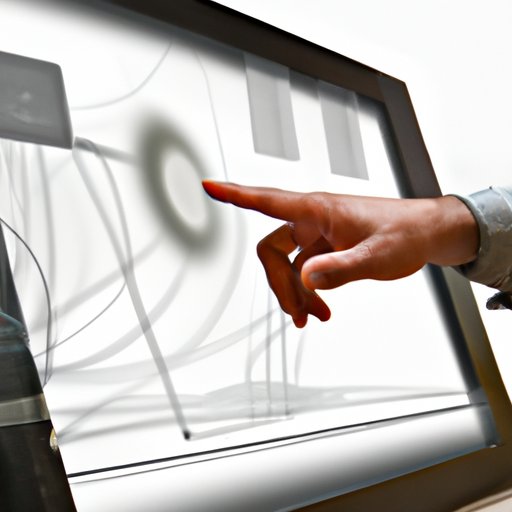
Examining the Physics and Engineering Behind Touch Screen Technology
The physical components of a touch screen are made up of two layers: a sensing layer and a display layer. The sensing layer contains an array of capacitive or resistive sensors, while the display layer contains the actual display. When a user touches the screen, the sensors detect the change in electric field or pressure and send a signal to the display layer. The display layer then translates the signal into a corresponding action on the screen.
Exploring the Different Types of Sensors Used in Touch Screens
The type of sensor used in a touch screen depends on the type of touch screen technology being used. Capacitive touch screens use capacitive sensors, which sense changes in electric fields. Resistive touch screens use resistive sensors, which sense changes in pressure. Infrared touch screens use infrared sensors, which detect changes in infrared light beams. Acoustic touch screens use acoustic sensors, which detect changes in sound waves.
Understanding the Different Signals Used in Touch Screen Technology
Once the sensors have detected a touch, they send a signal to the display layer. This signal is then translated into a corresponding action on the screen. For example, a tap on the screen may be translated into a click, and a swipe may be translated into a scroll. The type of signal sent by the sensors depends on the type of touch screen technology being used.
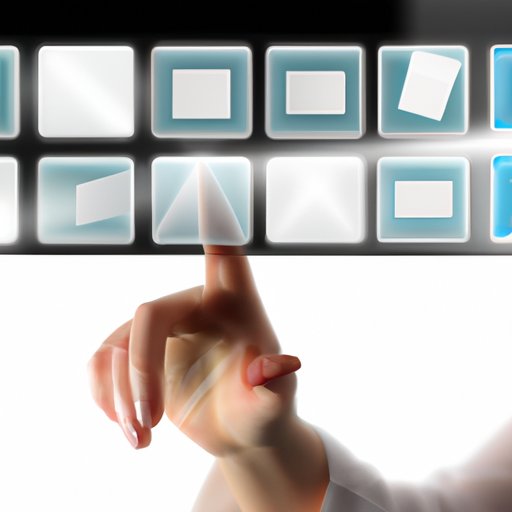
How Touch Screens are Used in Everyday Life
Touch screen technology is used in a variety of everyday applications. Smartphones, tablets, ATMs, kiosks, point of sale systems, digital signage, and gaming systems are just a few examples of devices that utilize touch screen technology. The widespread use of touch screens has made them a staple in modern technology.
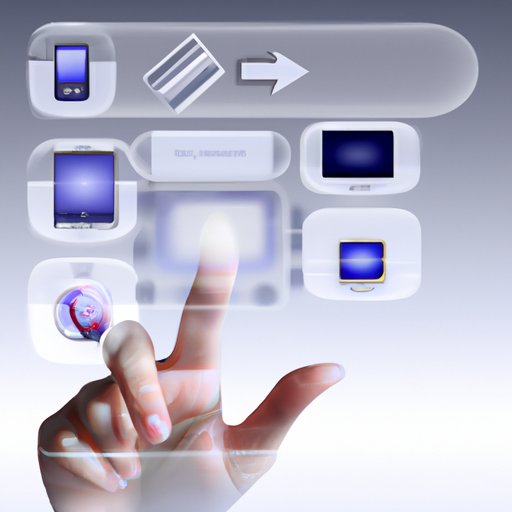
Describing the Different Applications of Touch Screen Technology
Touch screen technology is used in a variety of applications, ranging from consumer electronics to industrial controls. Smartphones and tablets are the most common uses of touch screen technology, but they can also be found in ATMs, kiosks, point of sale systems, digital signage, and gaming systems. Touch screens are also used in medical imaging, automotive displays, aircraft cockpits, and military control systems.
Examining the Benefits of Using Touch Screens
The use of touch screens has many benefits. They are more intuitive and easier to use than traditional input methods, such as keyboards and mice. They also provide a more engaging user experience, as users can directly interact with the device. Additionally, touch screens are more durable than traditional input methods and can withstand harsher environments.
Exploring the Drawbacks of Touch Screen Technology
Despite their many advantages, there are also some drawbacks to using touch screen technology. One of the main drawbacks is that they are prone to smudges and fingerprints, which can reduce visibility and make the screen difficult to read. Additionally, they can be difficult to use in direct sunlight or other bright environments. Finally, they can be less accurate than traditional input methods, such as a mouse or keyboard.
Conclusion
This article has explored how touch screen technology works, from its definition to the physics and engineering behind it. It has also looked at the different types of touch screens, the various sensors used in touch screens, and the different signals used. Finally, it has examined the applications of touch screens, their benefits, and their drawbacks.
In conclusion, touch screen technology is a revolutionary way of interacting with devices. With its wide range of applications and benefits, it is no wonder why touch screens are so prevalent in modern technology. As technology continues to advance, touch screens will become even more integral to our everyday lives.
(Note: Is this article not meeting your expectations? Do you have knowledge or insights to share? Unlock new opportunities and expand your reach by joining our authors team. Click Registration to join us and share your expertise with our readers.)
